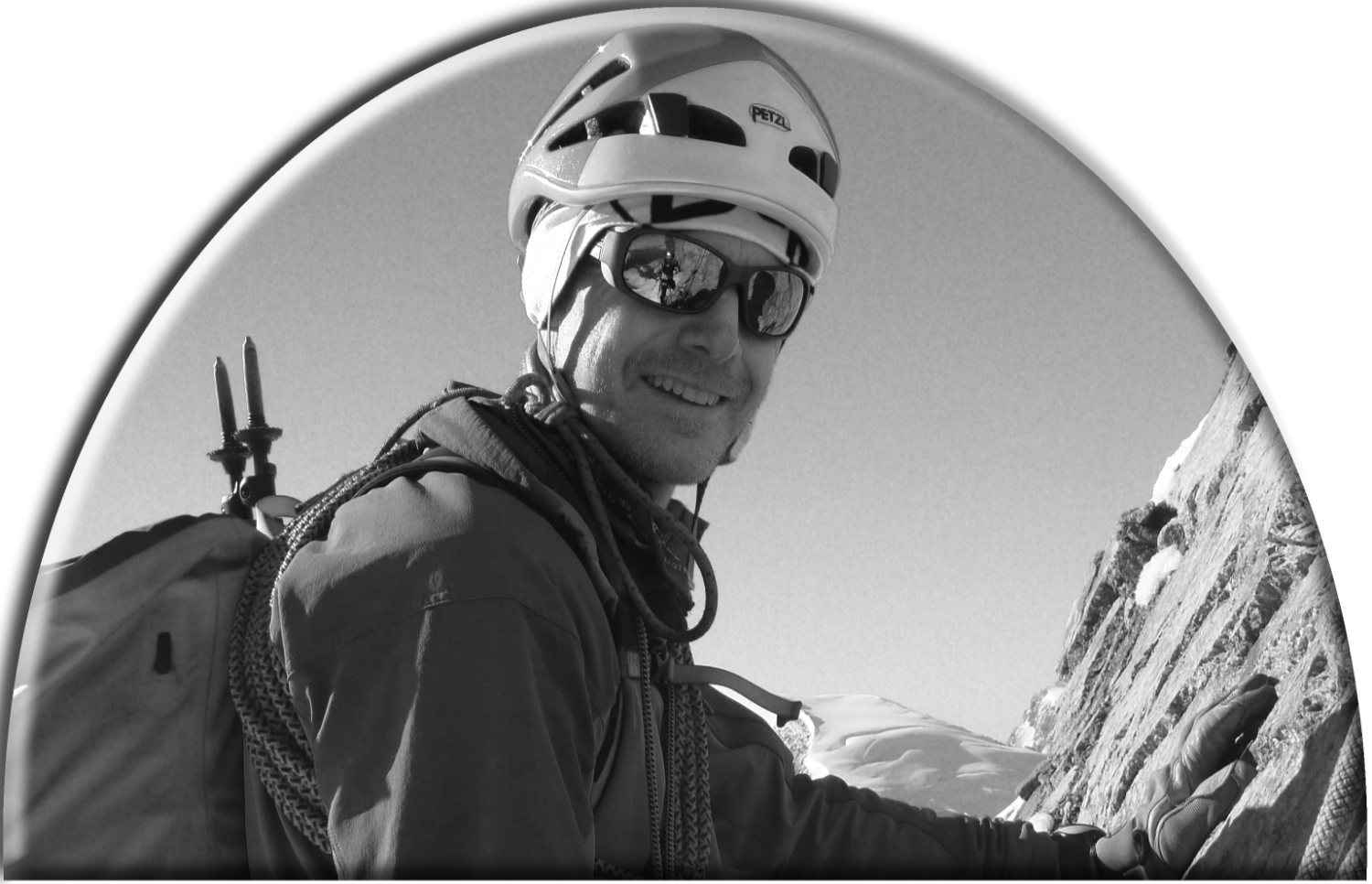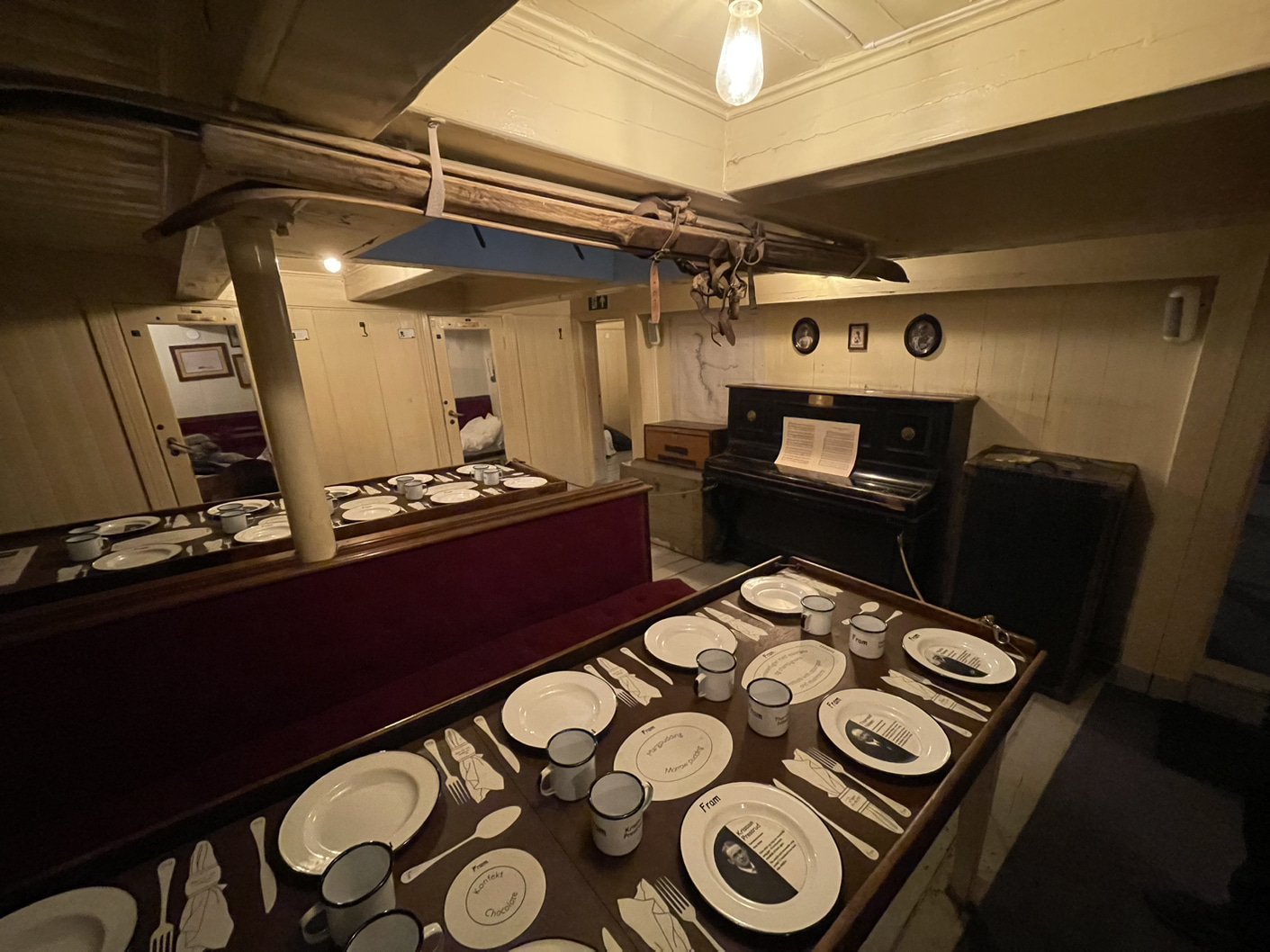Landlubber
Spoiler alert: We are back home in depressingly snow free England and have been for some time. So, if you’re only reading this blog to work out when it’s best to burgle our house, TOO LATE!
I can only apologise to my readers for my lax attitude to blogging, it is an appalling way to behave, but as a crime reduction exercise it is a triumph. At least that’s my excuse.
There are though still tales to tell of our marvellous holiday and mini-adventures in Norway.
In my last post I lamented a lack of satirical blogging opportunities due to Mrs P being just so darned good at everything. Well, lament over.
I knew she wouldn’t let me down. Just when I thought Mrs P would offer up no comedic moments, at the 11th hour she suddenly pulled one out of the bag.
Let me set the scene…
We had returned to Oslo for a planned day visiting some of the sights before our flight home. We had a whole day of cultural immersion planned.
There are many excellent museums to visit, way too many for one day, so we had elected to visit just two.
Our first stop was at the Fram Museum a short bus ride from the centre of Oslo.
The Fram Museum, Oslo
The Fram museum tells the story of the schooner (or “sail boat” for the landlubbers out there) the Fram.
The Fram (which translates literally as ‘Forward’) is possibly the most enduring symbol of Norwegian polar travel. Well, at least that is what the tourist Information says and who are we to disagree?
Built specifically to be up to the task of becoming locked in the polar ice for multiple years this 39 metre (127ft), 402 ton vessel was used by Fridtjof Nansen on his exploratory trip in 1893 when he deliberately allowed the boat and his crew to become trapped in the polar ice (for three years!) in order to follow the arctic ice flow (at the time a mere theory) to find a way through from Norway to Alaska, the fabled Northwest Passage. They failed to complete the passage, but proved the theory and returned in one piece.
In 1910 Roald Amundsen used the same boat for his successful race with the Englishman Robert Scott to be the first to reach the South Pole. Amundsen was proved considerably more successful by the very fact that, unlike Scott, he didn’t die.
A statue of Roald Amundsen and his mates looking smug at the South Pole
So incredibly well built was this ship that it was still in great condition when it was hauled up on to dry land in 1936 and a museum built around it.
As you enter the museum you immediately come face to face with this triple hulled, wooden boat. It is very impressive.
The Fram
Visitors can explore this ship, home to 13 men for three years, and to make it all the more realistic, when you are on deck, a 270° film show projects the conditions they would have been subjected to onto the ceiling around the boat. From a raging storm, with waves high above the boat that makes it feel as though the ship is being tossed around, to an arctic winter surrounded on all sides by ice, stars and a distant gift shop.
Now you may not know this, but Mrs P has something of a nautical bent, so this museum was bound to be a success. There was a time she was torn between the ocean and the mountains. She is a certified day skipper and so, to my mind at least, captain in reserve to any boat we travel on. I am convinced that if ever the call goes out for “…anyone who can sail this thing” be we on a pedalo, passenger ferry or a supertanker, Mrs P will be first to step forward.
I piped her aboard as we stepped on deck. She rolled her eyes and sighed. I assumed this to be something that salty sea dogs did to their subordinates so saluted for good measure.
As a certified salty sea dog Mrs P does not get sea sick, no matter what the ocean throws at her. She leaves that to me and my low level nausea in rough seas. She does however suffer from land sickness, or Mal de Terre about 24 hours after getting back onto dry land. This comprises mild nausea and a feeling that the land is moving up and down.
Anyway, we head below deck. Into the somewhat claustrophobic world in which the sailors would have lived. As we wandered around below deck, looking in the tiny cabins, around the storage areas and at the diesel engine room, a series of discreet speakers played the sounds of creaking wood and other noises peculiar to a life at sea or trapped in the ice.
The crew mess room was rather tidy I thought and definitely not moving.
After a while Mrs P said, “It feels like the boat is moving. Is it moving?” I assured her that it was not.
A few minutes later, “I feel a bit sick.”
“Really!?” I sniggered by way of sympathetic response.
I demonstrated my concern for her welfare by walking ahead of her doing my impersonation of a sailor staggering along in a storm. She didn’t seem to find it funny, but it certainly amused me.
The cramped crew cabin was positively stationary.
Back up on deck I assumed that Mrs P’s bilious feelings would subside. “Once I can see the horizon...” She only half joked. But, up on deck there was no horizon and the surround film experience was just working up into a winter storm.
My how I laughed (very quietly whilst taking care that she wasn’t watching).
You’ll be pleased to hear that her queasy feelings subsided once she had got off the absolutely not moving boat and was safely on the equally not moving ground.
“Weirdo!” I absolutely did NOT say. At least, not out loud.
That aside the Fram museum is an absolute must if you find yourself in Oslo. It has recently been extended, almost doubled in size since my visit in 2022. Give yourself a good couple of hours to get the best out of it. And maybe some motion sickness tablets if your name is Mrs P.
Back in the centre of a rather damp and still snow and ice bedecked Oslo we went to visit The Viking Planet. It describes itself as a digital museum and had good reviews, so we thought we’d give it a go. At more than £20 each we hoped for great things. There was a great Virtual Reality experience film that was fun and a couple of really good reenactment films telling the story of the Vikings, but otherwise it was something of a letdown. I would recommend it to visitors with children, but we felt it lacked depth. There are only so many times you can spin a virtual Viking amulet round in circles on a screen before you begin to crave a view of the real thing. Unfortunately the proper viking museum, the one with the famous Gokstad ship, is closed for renovation until 2026. I’m not sure who their builders are, but a five year renovation? I think they’ve been had.
Captain Mrs P channeling her inner Jack Sparrow aboard the totally inert Fram (pass the rum)
There is more to tell of our last days in Oslo, but that is for another blog. For now, I leave you with a reimagining of the classic poem Casabianca (The boy stood on the burning deck)
Mrs P stood on the totally stationary deck,
Whence all but she had fled;
The film that made it look a bit choppy
Shone round her o'er head
Yet beautiful and bright she stood,
As born to rule the storm;
A creature of heroic blood,
A proud, though seasick form.
There came a burst of thunder sound -
Mrs P - oh! where was she?
She was in the gift shop, coins in hand. T’was where she was born to be!






